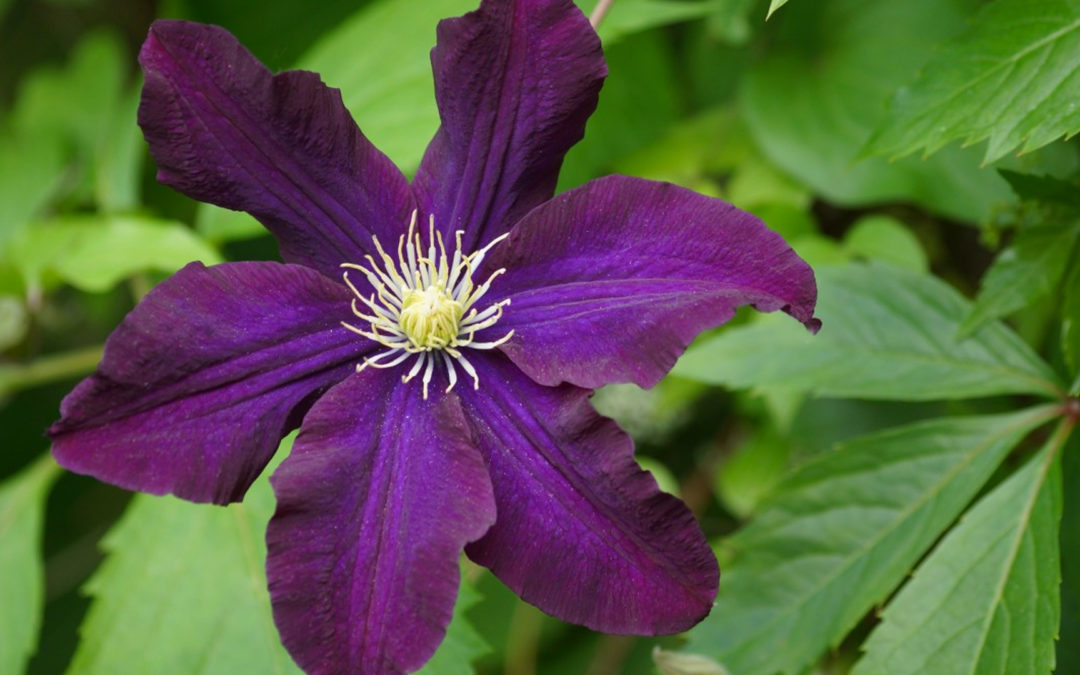
Pruning Clematis
Clematis is a genus of popular, flowering vines, known for producing an abundance of showy, often very large flowers for a long period during the growing season. Pruning these vigorous vines is done for the purposes of taming dense tangles of old stems, controlling size, eliminating dead, damaged, or diseased wood, and stimulating new growth which keeps the plant vigorous and produces heavier flowering.Clematis can be divided into three groups for purposes of pruning. The first step is to identify which type you have. Our Clematis varieties are listed on our website, along with the pruning information for each kind. If you don’t know which kind you have, you can probably figure out how to prune based on when your plant blooms.
